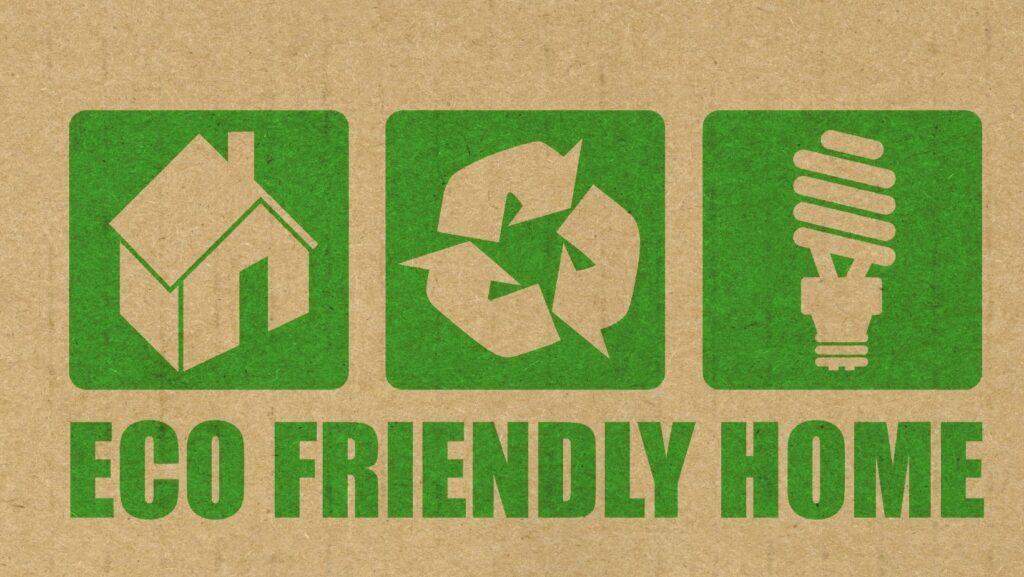Building an eco-friendly home is a smart choice. It’s good for the planet and your health. Here are some top sustainable materials to consider.
1. Reclaimed Wood: The Eco-Friendly Choice
Reclaimed wood adds character. It comes from old buildings, barns, and factories. Using it means recycling and saving resources.
Imagine a dining table made from barn wood. It’s like having a piece of history in your home. Sarah used reclaimed wood for her floors. Her living room now has warmth and a story.
2. Bamboo: The Fast-Growing Wonder
Bamboo grows quickly. It’s strong and versatile. Use it for flooring, cabinets, and furniture.
Think of bamboo as the superhero of sustainable materials. John installed bamboo flooring. He loves the look and the eco-friendly aspect.
3. Recycled Steel: Strong and Sustainable
Recycled steel saves energy. It’s strong and reduces mining. Use it for framing, roofing, and decor.
Picture your home framed with recycled steel. It’s like giving your house a sturdy backbone. Jane used recycled steel beams. They added an industrial vibe to her home.
4. Insulated Concrete Forms: Energy Efficiency Boost
Insulated concrete forms (ICFs) insulate well. They cut energy costs for heating and cooling. To see the benefits of ICFs, you can conduct an energy comparison of your utility bills before and after installation.
Imagine your home as a thermos, keeping the temperature just right. Mike used ICFs to build his home. His energy bills are lower now.
5. Straw Bales: Not Just for Hayrides
Straw bales are great insulators. They’re renewable and can be used for walls.
Think of straw bales as nature’s insulation. They keep your home warm in winter and cool in summer. Lisa built a straw bale guesthouse. Her guests love its cozy feel.
6. Low-E Windows: Letting in Light, Keeping Out Heat
Low-emissivity (Low-E) windows reflect heat but let light through. They help keep your home cool in summer and warm in winter.

Imagine sitting by a window that lets in sunlight without the heat. Emma installed Low-E windows. She enjoys natural light without the extra heat.
7. Cork: The Renewable Resource
Cork comes from the bark of cork oak trees. The trees regenerate their bark. Cork is also hypoallergenic and mold-resistant.
Picture a cozy room with cork flooring. It’s soft and insulates sound. Mark used cork flooring in his office. He loves the quiet, comfortable space.
8. Solar Panels: Harnessing the Sun
Solar panels turn sunlight into electricity. They cut down on non-renewable energy use. They’re a big investment but save money long-term.
Think of solar panels as your personal power plant. They generate clean energy. Tom installed solar panels. His home runs on sunshine now.
9. Plant-Based Insulation: Keeping it Green
Plant-based insulation comes from cotton, hemp, and cellulose. It’s effective, non-toxic, and renewable.

Imagine insulating your home with natural materials. Jane used hemp insulation. It’s safe for her family and the environment.
10. Recycled Plastic: Turning Waste into Wonders
Recycled plastic is used in decking and insulation. It reduces waste and creates durable products.
Picture your deck made from recycled plastic. It’s durable and weather-resistant. Mike used recycled plastic for his deck. It’s beautiful and sustainable.
Using these materials helps the environment. They also create a healthier, more energy-efficient home. And when you need tools for these materials, consider checking out this rebar bender. It makes the process easier and more sustainable.
Building an eco-friendly home is about smart choices. From reclaimed wood to solar panels, these materials help you create a sustainable home. Start building green and enjoy the benefits!



